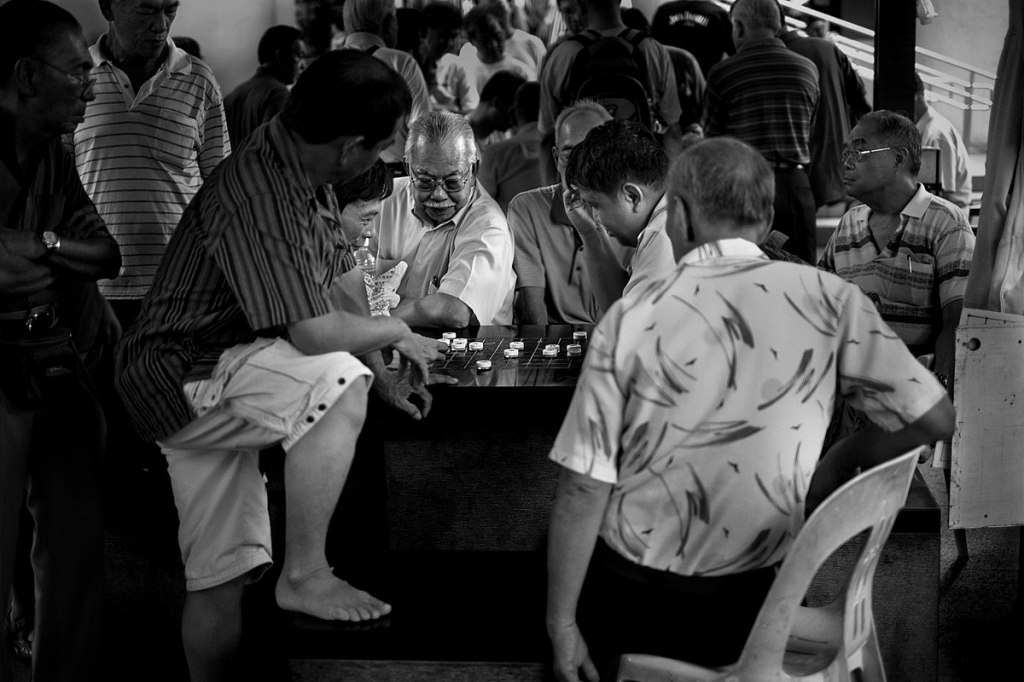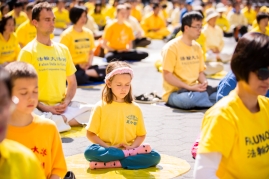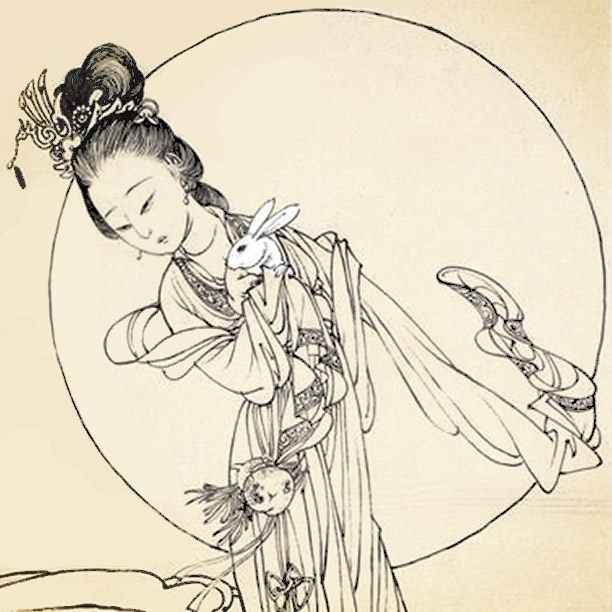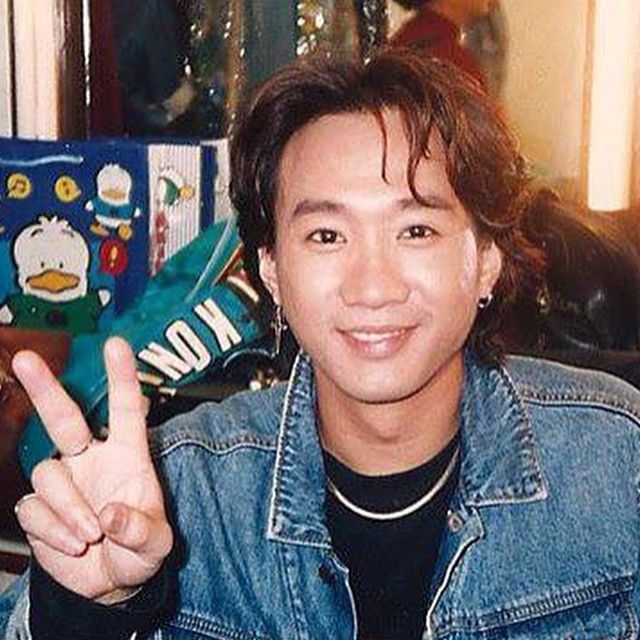Singapore—situated at the southern tip of the Malay Peninsula in South East Asia—is multiracial country comprises of Chinese, Malays, Indians, Eurasians, and many other smaller ethnic communities.
Though Singapore is not a Chinese country, ethnic Chinese make up 74.3 % of the country’s population.
So, have you ever wondered when did Chinese immigrants first settle in Singapore?
The history of the Chinese in Singapore traced back to the early 19th century.
Ever since Sir Stamford Raffles established Singapore as a free British trading port in 1819, waves of traders, labourers (coolies) and skilled workers began embarking on an arduous voyage from China to Nanyang (Southeast Asia), in hopes of seeking a better life.
The majority of the Chinese came from the southern provinces of China, including Guangdong and Fujian, who spoke either the Hokkien, Teochew, Cantonese, or Hakka dialects.
Some Chinese immigrants intended to return to home after making a fortune, however, many did not and eventually settled down in Singapore.
As per the 2010 Singapore census, the Hokkiens constitute about 40% of the Chinese population, forming the largest Chinese dialect group in the country. The second largest dialect group is the Teochew (approx. 20%). Third being the Cantonese (approx. 15%), fourth is the Hakka (approx. 8%), and fifth—Hainanese (less than 7 %), followed by other smaller dialect groups such as Foochew, Henghua.
1. Hokkien—the largest Chinese dialect group in Singapore
Hokkien is a Chinese dialect group originating from the Minnan region in the south-eastern part of Fujian Province, that is also spoken in Malaysia, Taiwan, Indonesia, and the Philippines.
The origin of Hokkiens in Singapore: According to Singapore Infopedia, the Hokkiens arrived mainly from Zhangzhou and Quanzhou—two prefecture-level city in Fujian Province, China.
Where did the early Hokkien immigrants first settle in? The Hokkien immigrants settled in areas around the Amoy Street, Telok Ayer Street and Singapore River. Later, they expanded to Hokkien Street and the vicinity of China Street.
Past occupations: Most early Hokkiens worked in shipping, banking, finance, insurance, building and construction, as well as manufacturing industry. They were also involved in trade, particularly spice trade, and in the trading of coffee, rubber, flour, fodder, Chinese tea, hardware, building materials, textiles, tropical fruit, and rice.
2. Teochew—the second largest Chinese dialect group in Singapore
Teochew is a Chinese dialect group originating from the Chaoshan region of eastern Guangdong, China.
The origin of Teochews in Singapore: The Teochews arrived from Chaozhou prefecture of Guangdong province.
Where did the early Teochew immigrants first settle in? Most Teochews immigrants settled around the northern part of Singapore, in particular, Sembawang, Upper Thomson and Punggol. They lived near the sea (Punggol and parts of Sembawang) so as to have easy access to the rich marine resources.
Many Teochews also lived around Circular Road, South Bridge Road, and along the banks of the Singapore River, predominantly Boat Quay, as well.
Past occupations: Many early Teochews worked in the fishing industry as fishermen, fishmongers, fish wholesalers, boatmen, and kelong owners. (Kelong is an offshore wooden platform built above the sea.)
They were also engaged in the trading of sundry goods and textiles, and other tropical produce, as well as the trading and cultivation of gambier and pepper.
3. Cantonese—the third-largest Chinese dialect group in Singapore
Cantonese is a Chinese dialect group originating from the Guangdong region in the south of China, that is also spoken in Hong Kong and widely among overseas Chinese in Southeast Asia.
The origin of Cantonese in Singapore: The Cantonese arrived from the Guangdong province of China, chiefly from south-west Guangdong near the Pearl River Delta.
Where did the early Cantonese immigrants first settle in? The Cantonese immigrants settled further out at Kreta Ayer, while Cantonese tradesmen dominated the shop houses along Temple Street, Pagoda Street, and Mosque Street.
Past occupations: Most of early Cantonese worked as artisans, carpenters, mechanics, carvers, paperwork craftsmen, miners, bricklayers, carpenters, woodcutters, tailors, jewellers, and goldsmiths. They were also medicine wholesalers and retailers.
The samsui women, known for their red headgear, who contributed to Singapore’s construction industry in the 1950s and ’60s as earth-carriers and labourers, came primarily from the Sanshui county of Guangdong.
A group of distinctive Cantonese women— wearing black and white samfu outfit as well as plaited hair or hair bun—hailing from Shunde, a district in Guangdong Province, worked as majie (domestic helpers) in rich people’s households between the 1930s and 1970s.
These majie took a vow never to marry.
4. Hakka—fourth-largest Chinese dialect group in Singapore
Hakkas are Han Chinese people originating from Hakka-speaking provincial areas of Guangdong, Fujian, Jiangxi, Guangxi, Sichuan, Hunan, Zhejiang, Hainan and Guizhou.
They are thought to have migrated from the Yellow River plain (now province of Shanxi, Henan) into the hilly areas of southeastern China during the Yuan (1279–1368) and Ming (1368–1644) dynasties.
The origin of Hakkas in Singapore: The Hakkas arrived from southern provinces of Fujian and Guangdong in China.
Where did the early Hakka immigrants first settle in? The Hakka immigrants settled around areas in South Bridge Road, North Bridge Road, and Lorong Tai Seng (in Paya Lebar).
Past occupations: The Hakka, like the Teochews, engaged in agriculture, mainly in the cultivation of pepper and gambier.
They ran Chinese medicine, optical, and pawn broking businesses as well.
Like Cantonese women, Hakka women also worked in construction sites. But instead of red head gear, they wore head gear in blue or grey colours or with floral patterns.
5. Hainanese—fifth-largest Chinese dialect group in Singapore
Hainanese is a Chinese dialect group originated from Hainan province in southern China.
The origin of Hainanese in Singapore: Hainanese arrived from the Hainan province in southern China, from cities such as Wenchang and Haikou, much later than the other dialect groups in Singapore.
Where did the early Hainanese immigrants first settle in? The Hainanese immigrants settled chiefly around the Middle Road-Beach Road, Bukit Timah-Tanglin Road and Changi-Nee Soon areas
Past occupations: The early Hainanese were involved in trading of goods including wax, tiles, shoes, umbrellas, paper, dried products and Chinese medicinal herbs, as stated on Singapore Infopedia.
As a relatively late-comers to Singapore, the Hainanese could only choose to work in the F & B, hospitality sectors as coffee stall holders, assistants, cook boys, bakers, barmen, and waiters.
They also became seamen and domestic servants in wealthy European and Peranakan households. Well-versed in Western cooking, many worked as chefs on European ships.
Some Hainanese eventually ventured into their own hotel and F&B businesses, establishing coffeeshops (kopitiam) and restaurants.
6. Peranakan
Straits Chinese or Peranakans are descendants of mixed Chinese and Malay/Indonesia heritage. Their ancestors, mostly Chinese traders and many of whom from Zhangzhou and Quanzhou regions in Fujian province, settled in Malaya—mostly in ports like Malacca—during the 15th century, and married local Malay women.
Peranakans, typically from a higher socio-economic class in comparison with most Chinese immigrants, received an English education, but still retained their Chinese surnames and cultural practices, including ancestor worship.
The origin of Peranakan in Singapore: As the Straits Times reported, most Singapore Peranakans arrived here from Malacca since the 1820s, right after Singapore became a free trading port in 1819.
Where did the early Peranakans first settle in? Many early Peranakans lived in the enclave at Katong and Joo Chiat.
Past occupations: Majority the early Peranakans were wealthy entrepreneurs, merchants, and shopkeepers. They were also engaged in the real estate, shipping, and banking sectors.
Due to their ability to speak Chinese dialects, Malay, and English, many of them worked for British trading companies as intermediaries or were appointed as community and civic leaders by the British authorities.
New Chinese migrants
Following the government relaxation of immigration laws in 1989, a new wave of Chinese immigrants began to arrive in Singapore from cities in China such as Beijing and Shanghai. These “New Immigrants” (新移民) formed less than 2% of the Chinese Singaporean population.
- Majie- http://eresources.nlb.gov.sg/infopedia/articles/SIP_2013-11-29_160454.html
- https://en.wikipedia.org/wiki/Chinese_Singaporeans
- http://eresources.nlb.gov.sg/infopedia/articles/SIP_1491_2009-03-25.html
- http://www.chinatown.sg/index.php?fx=soc-stories-page&sid=1
- http://www.c3a.org.sg/Learning_contect.do?id=41450
- http://eresources.nlb.gov.sg/infopedia/articles/SIP_2013-08-30_181745.html
- http://www.visitsingapore.com/walking-tour/culture/in-the-neighbourhood-joochiat-katong/
WATCH 30-Year-Old Radio Host, Falun Gong Practitioner Dies in Jiazhou Prison, Video Points to Torture in Custody
(https://www.ganjing.com/video/1fkrg5j128o7GoF18njA7obJY1041c)

Editor’s Note: Dear readers, do you know that Falun Dafa, originally from China, is currently practiced by people in over 100 countries? But in China, since Jul. 20, 1999, Falun Gong is defamed, slandered and persecuted due to the Chinese Communist Party’s fear of Falun Gong’s rapidly growing popularity. Jiang Zemin, former head of the Chinese Communist Party (CCP), perceived the spiritual discipline’s growing popularity as a threat to the CCP’s atheistic ideology.
To learn more about the persecution Falun Gong practitioners are subjected to in China, visit http://faluninfo.net/.
For more information about the practice or to download Zhuan Falun, visit: www.falundafa.org. All books, exercise music, resources, and instructions are available completely free of charge.
Why Jiang Zemin and CCP Persecute Falun Gong?http://thetruthaboutfalungong.blogspot.sg/p/epoch-times-nine-commentaries-on.html
[VIDEO] Why Jiang Zemin and CCP Persecute Falun Gong?http://thetruthaboutfalungong.blogspot.com/p/video-why-jiang-zemin-ccp-persecute.html












